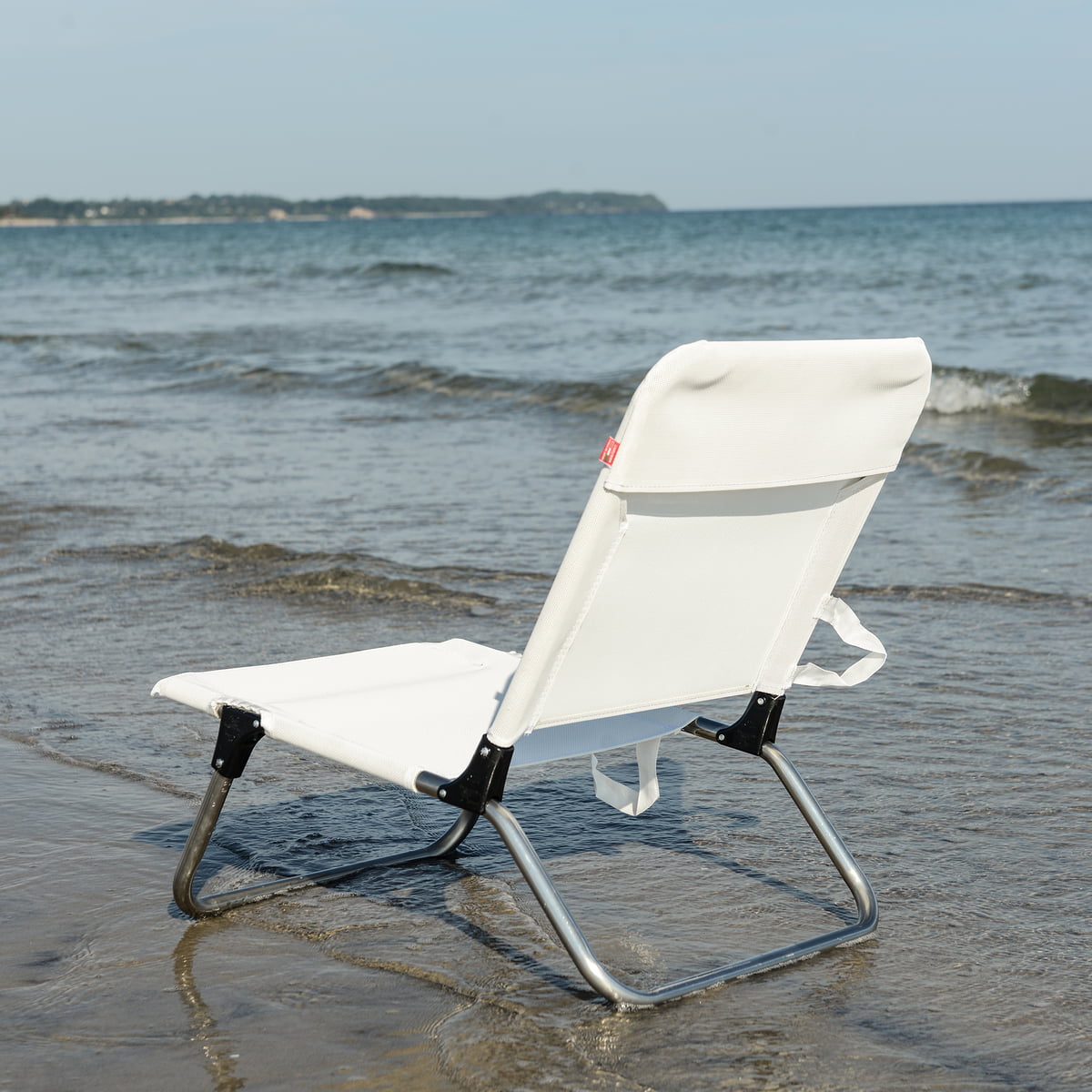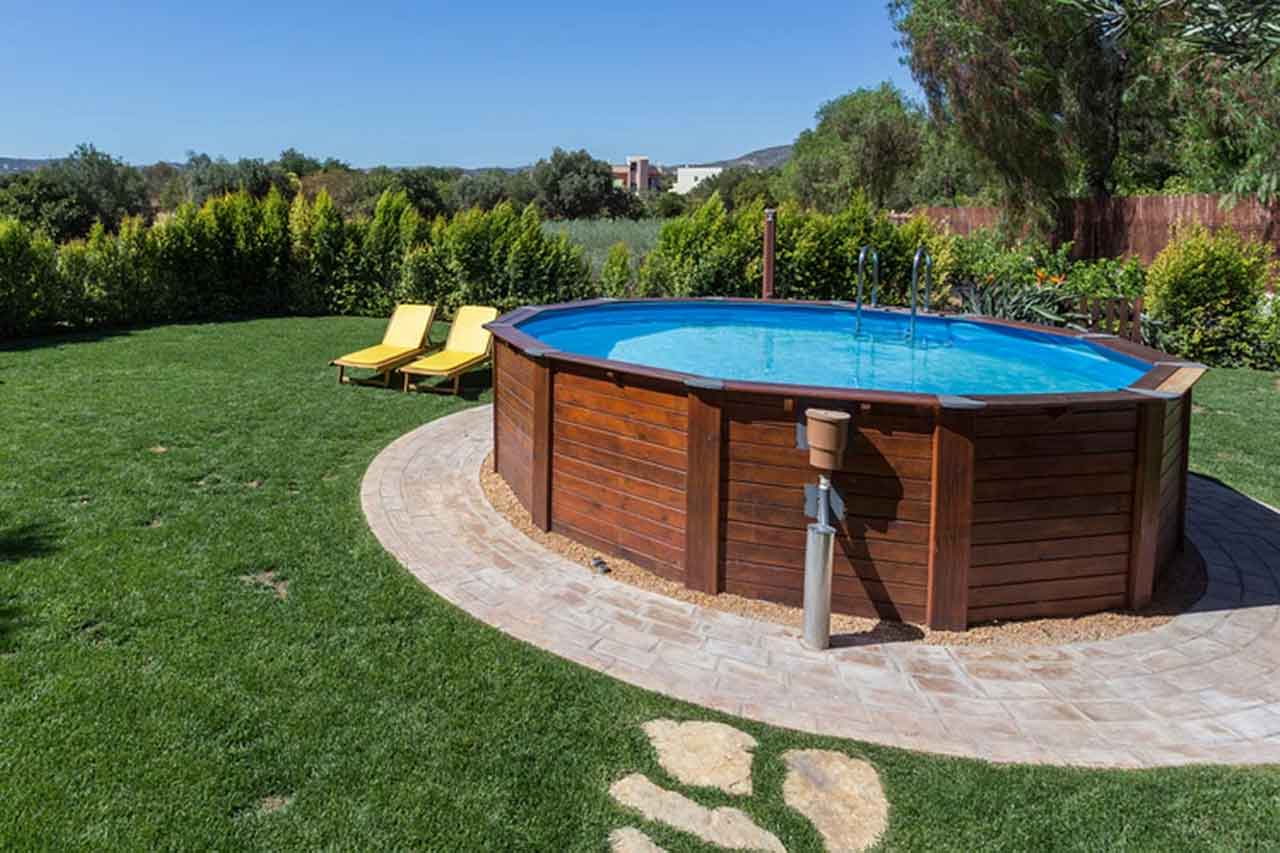Clearances to combustibles vary from single to twin wall flue and from stove to stove. Fitting a wood burning stove / clearances.
Wood Burning Stove Clearance To Combustibles, Using a heat shield on a single wall stovepipe allows you to reduce the clearances from 18 to 6 to the wall and 9 to the ceiling. The combustible material can be heat shielded.

It may actually be “zero” clearance acceptable. We�re looking at getting a wood burning stove. Other combustibles other combustible materials such as firewood, paper, curtains, and plastics should be kept at least 36 inches from the stove. Lf you are not sure of the combustible nature of.
The combustible material can be heat shielded.
Read rest of the answer. Does a stovepipe need special clearance to combustibles? 1200 mm (48 in.) for radiant stoves and 900 mm (36 in.) for stoves surrounded by jackets behind which convection air can flow. The clearances are large because they apply to all shapes, sizes and designs of stoves that have not been tested to determine the. Any area within 36 inches of the wood stove should be covered as shown in figure 2. A clearance is the safe distance from the stove to a combustible surface.
 Source: hearthstonestoves.com
Source: hearthstonestoves.com
Lf you are not sure of the combustible nature of. The combustible material can be heat shielded. Most of the double wall stove pipe allows for 6 clearance from wall combustibles and 8 from ceiling combustibles. The clearances are large because they apply to all shapes, sizes and designs of stoves that have not been tested to determine the. The.

Clearances for an uncertified stove. Oem safety info should have been stamped into the material. A single wall stovepipe must have a clearance to combustible walls and ceilings, measured at right angles to the pipe of at least 18 inches. A stove with a metal jacket casing requires 900 mm (36). A clearance is the safe distance from the stove.
 Source: canadianhomeinspection.com
Source: canadianhomeinspection.com
Due to the levels of heat emitted from flue pipes and stoves, it is essential these are installed at a safe distance from any combustible material which could catch on fire from heat transfer (typically wood, carpets and soft furnishings). Other combustibles other combustible materials such as firewood, paper, curtains, and plastics should be kept at least 36 inches from.
 Source: pinterest.com
Source: pinterest.com
Nfpa requires 48” from the top of a stove to a combustible ceiling. Clearances from wood burning stoves stoves must be provided with adequate clearances from combustible materials. I know of no single wall pipe for wood burning that can be within 6 of combustibles…single wall for gas, yes. A single wall stovepipe must have a clearance to combustible walls.
 Source: pinterest.com
Source: pinterest.com
A single wall stovepipe must have a clearance to combustible walls and ceilings, measured at right angles to the pipe of at least 18 inches. Of stove installations, these combustibles may not be. We strive to provide opinions, articles, discussions and history related to hearth products and in a more general sense, energy issues. Does a stovepipe need special clearance.
 Source: naturalheating.blogspot.com
Source: naturalheating.blogspot.com
Stovepipes, like stoves, radiate heat. Be careful when installing stoves in areas with low overhead clearance, such as basements and rooms with sloped ceilings. Using a heat shield on a single wall stovepipe allows you to reduce the clearances from 18 to 6 to the wall and 9 to the ceiling. I know of no single wall pipe for wood.
 Source: pinterest.com
Source: pinterest.com
I know of no single wall pipe for wood burning that can be within 6 of combustibles…single wall for gas, yes. Visit our distance to combustibles information. What is the minimum clearance for a wood stove? The clearances are large because they apply to all shapes, sizes and designs of stoves that have not been tested to determine the. Extra.
 Source: rigbys.com
Source: rigbys.com
I know of no single wall pipe for wood burning that can be within 6 of combustibles…single wall for gas, yes. There would be plenty of clearance above and behind. Other combustibles other combustible materials such as firewood, paper, curtains, and plastics should be kept at least 36 inches from the stove. Any material in the vicinity of your planned.
 Source: burningdesireuk.com
Source: burningdesireuk.com
The nfpa recommends that a stovepipe be at least 18 inches from the nearest combustible material. Continue reading safe distances to. Wood insert clearances to combustibles. 01 december, 2008, 12:42:35 pm ». This distance might be reduced to 36 with an approved heat shield.
 Source: gasandelectricfireplaces.co.uk
Source: gasandelectricfireplaces.co.uk
If they are installed close to combustible materials, a fire can result. Extra clearance may be needed when the fireplace is constructed for certain types of appliance”. Does a stovepipe need special clearance to combustibles? 1200 mm (48 in.) for radiant stoves and 900 mm (36 in.) for stoves surrounded by jackets behind which convection air can flow. A combustible.

Extra clearance may be needed when the fireplace is constructed for certain types of appliance”. We strive to provide opinions, articles, discussions and history related to hearth products and in a more general sense, energy issues. A single wall stovepipe must have a clearance to combustible walls and ceilings, measured at right angles to the pipe of at least 18.
 Source: naturalheating.co.uk
Source: naturalheating.co.uk
1200 mm (48 in.) for radiant stoves and 900 mm (36 in.) for stoves surrounded by jackets behind which convection air can flow. In terms of the distance between the stove’s external surfaces and surrounding walls, the minimum to the rear and sides is 150mm. Extra clearance may be needed when the fireplace is constructed for certain types of appliance”..
 Source: mazzeosinc.com
Source: mazzeosinc.com
Active since 1995, hearth.com is the place on the internet for free information and advice about wood stoves, pellet stoves and other energy saving equipment. A combustible is anything that can burn, and in the case. The flue must be at least 1.5 times its external diameter away from the heat shield, the heat shield must extend at least 1.5.
 Source: friendlyfires.ca
Source: friendlyfires.ca
The combustible material can be heat shielded. We strive to provide opinions, articles, discussions and history related to hearth products and in a more general sense, energy issues. Using a heat shield on a single wall stovepipe allows you to reduce the clearances from 18 to 6 to the wall and 9 to the ceiling. Be careful when installing stoves.

Continue reading safe distances to. Usually between 2″ (50mm) and 6″ (150mm).this recommended distance is often in the fitting instructions and not in the advertising brochure (so download the fitting instructions to find out. 01 december, 2008, 12:42:35 pm ». There shall be a clearance to combustible material of 300 mm above the fire opening and 150 mm either side.
 Source: naturalheating.co.uk
Source: naturalheating.co.uk
Read rest of the answer. Extra clearance may be needed when the fireplace is constructed for certain types of appliance”. This can be reduced by use of proper protection. What clearance is required around a wood burning stove? Other combustibles other combustible materials such as firewood, paper, curtains, and plastics should be kept at least 36 inches from the stove.

1200 mm (48 in.) for radiant stoves and 900 mm (36 in.) for stoves surrounded by jackets behind which convection air can flow. Most of the double wall stove pipe allows for 6 clearance from wall combustibles and 8 from ceiling combustibles. 1200 mm (48 in.) for radiant stoves and 900 mm (36 in.) for stoves surrounded by jackets behind.
 Source: rigbys.com
Source: rigbys.com
There would be plenty of clearance above and behind. Oem safety info should have been stamped into the material. If you do not have your instruction manuals, you can visit our technical webpage to download your copy. Examples of combustible materials include paneling, wood, sheet rock (even fire rated), and plaster (lathe). Clearances to combustibles vary from single to twin.
 Source: focusfireplacesyork.co.uk
Source: focusfireplacesyork.co.uk
Lf you are not sure of the combustible nature of. Clearances for an uncertified stove. Active since 1995, hearth.com is the place on the internet for free information and advice about wood stoves, pellet stoves and other energy saving equipment. A combustible is anything that can burn, and in the case. The term “clearance to combustible materials” is the distance.
 Source: burningdesireuk.com
Source: burningdesireuk.com
Any material in the vicinity of your planned stove. Extra clearance may be needed when the fireplace is constructed for certain types of appliance”. A single wall stovepipe must have a clearance to combustible walls and ceilings, measured at right angles to the pipe of at least 18 inches. A stove with a metal jacket casing requires 900 mm (36)..
 Source: csinsure.ca
Source: csinsure.ca
The nfpa recommends that a stovepipe be at least 18 inches from the nearest combustible material. Safe clearances for your model were determined using a very specific and detailed u.l. Nfpa requires 48” from the top of a stove to a combustible ceiling. A combustible is anything that can burn, and in the case. 60� above the stove top to.
 Source: just2gypsies.blogspot.com
Source: just2gypsies.blogspot.com
We�re looking at getting a wood burning stove. Clearances you must maintain from unprotected. Read rest of the answer. Active since 1995, hearth.com is the place on the internet for free information and advice about wood stoves, pellet stoves and other energy saving equipment. We strive to provide opinions, articles, discussions and history related to hearth products and in a.
 Source: pittsburghcitywide.com
Source: pittsburghcitywide.com
The nfpa recommends that a stovepipe be at least 18 inches from the nearest combustible material. The one we like is 522mm wide and the instructions recommend a minimum clearance of 80mm all round. The minimum clearances needed for safety are specified in national fire protection association standard # 211, chimneys, fireplaces, vents and 1200 mm (48 in.) for radiant.
 Source: rigbys.com
Source: rigbys.com
What clearance is required around a wood burning stove? Oem safety info should have been stamped into the material. There shall be a clearance to combustible material of 300 mm above the fire opening and 150 mm either side of the fire opening to the start of the wooden mantel. Safe clearances for your model were determined using a very.
 Source: mazzeosinc.com
Source: mazzeosinc.com
Using a heat shield on a single wall stovepipe allows you to reduce the clearances from 18 to 6 to the wall and 9 to the ceiling. Visit our distance to combustibles information. Of stove installations, these combustibles may not be. The recess we want to put it in is 530mm wide. Clearances from wood burning stoves stoves must be.








